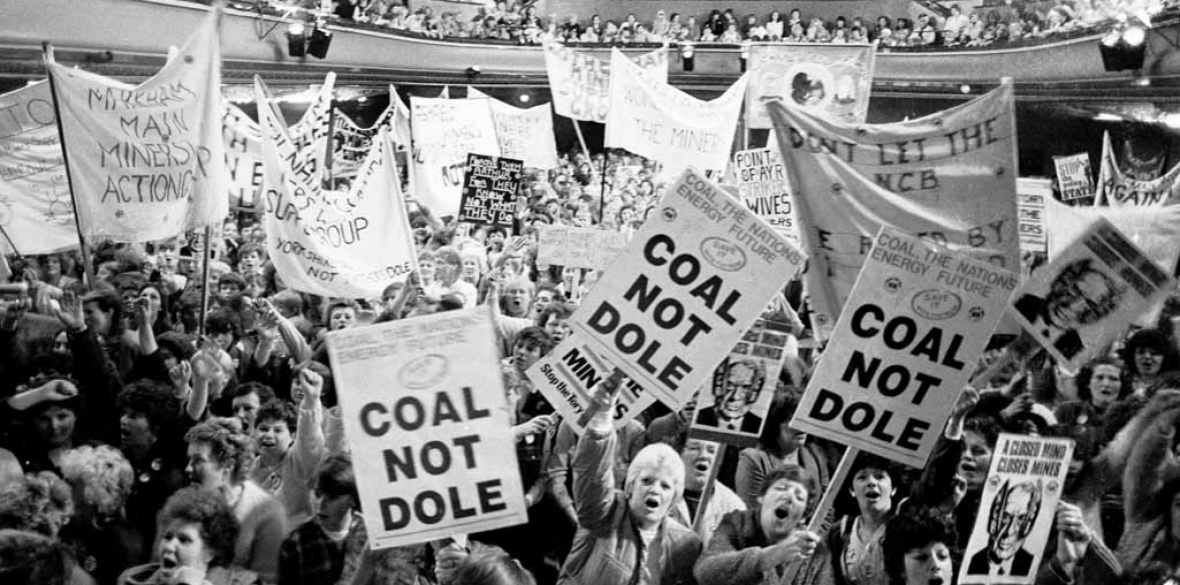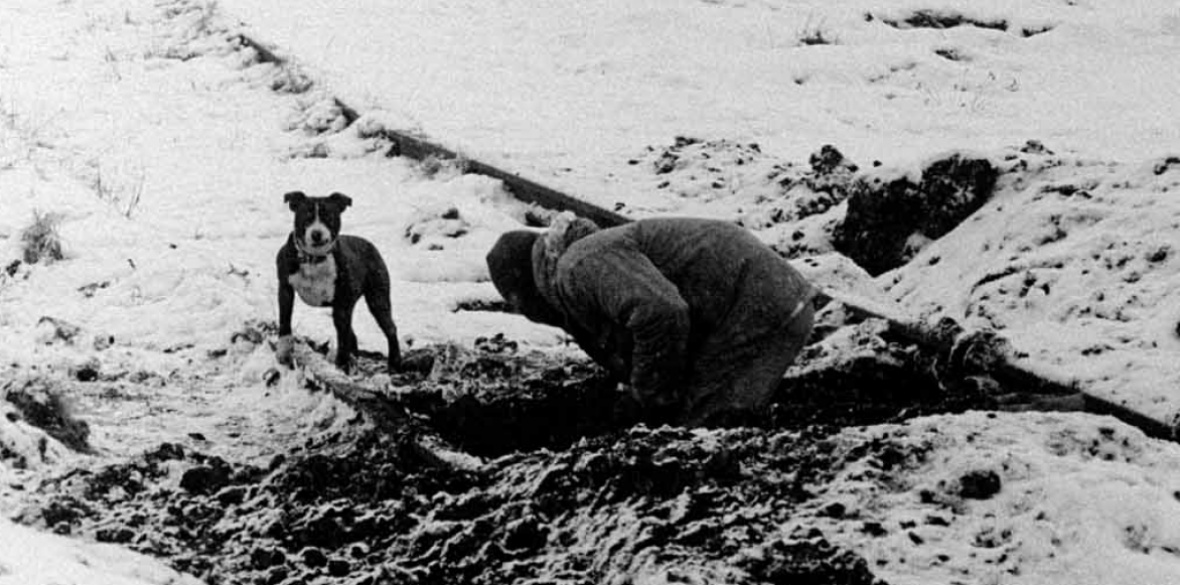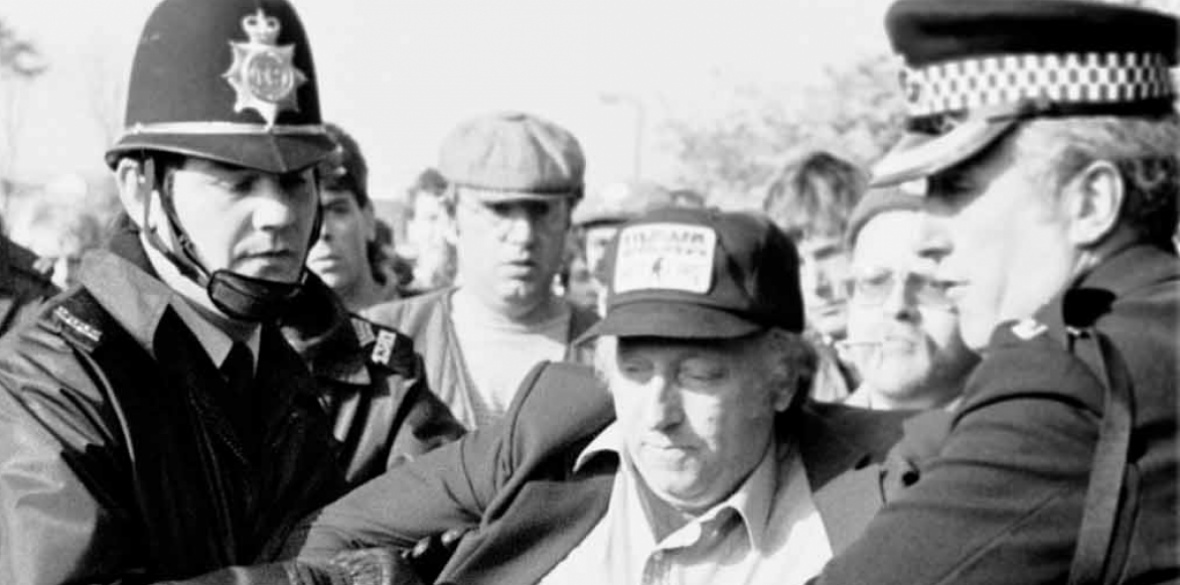This is the last article you can read this month
You can read more article this month
You can read more articles this month
Sorry your limit is up for this month
Reset on:
Please help support the Morning Star by subscribing here
REMEMBER the photograph of a grinning striking miner, wearing a toy policeman’s helmet, “inspecting” a line of police officers during the miners’ strike in 1984?
Or the young miners fleeing around an ice cream van as police rioted at Orgreave coke depot in South Yorkshire? Or the arrest of miners’ union President Arthur Scargill?
Many people will remember the images, but probably have little knowledge of the photographer responsible for them. They were the work of freelance snapper Martin Jenkinson, who died from cancer in February 2012.
His home city, Sheffield, is to honour him with an exhibition of some of his work.
Jenkinson was a remarkable photographer. Born in London in 1947, he moved to Sheffield in 1976. For three years he worked in the steel industry. After being made redundant in 1979 he found a job on a local community newspaper using his hobby — photography — to earn a living.
He then turned freelance, gaining commissions from the labour and trade union movement.
He covered conferences, demonstrations, strikes and picket lines, providing images for trade union journals as well as national and regional newspapers.
In 1981 he was commissioned to capture events during the People’s March for Jobs, a protest against the actions of the Margaret Thatcher government in deliberately creating unemployment to further its anti-union, anti-working-class political agenda.
In 1984 the Yorkshire Area of the National Union of Mineworkers asked him to record events during the miners’ strike against pit closures, which lasted a year.
He would travel to political events on a 1,000cc motorcycle.
Jenkinson went to Palestine in 1983, returning with images captured in a Palestinian refugee camp.
But in addition to political struggles nationwide, he also captured images of working-class life in and around Sheffield: among them Von, a newspaper vendor, and Maxine Duffat, Sheffield’s first black female bus driver. Or the 1,500 unemployed people queuing to apply for 50 jobs at a workplace in Sheffield in 1983.
He had a strong sense of social justice, fairness and equality, and it showed in his work.
He left a huge volume of work, much of it unpublished. His daughter Justine Jenkinson now manages his sizeable photographic archive.
She said: “We are really grateful for this opportunity for Martin’s work to be recognised. While including some of his best-known and most acclaimed photographs from his industrial and political archive, the exhibition also demonstrates other important aspects of his work.
“These images show the breadth of Martin’s interest in people and depict their everyday lives in photographs that are moving, imaginative and artistic.”
Louisa Briggs, exhibitions and display curator at Museums Sheffield said: “Martin Jenkinson had an extraordinary ability to convey the inherent humanity in the subjects he covered. His images are both a powerful document of the events that have shaped us and a moving reminder of the experiences that we each have in common.
“We’re hugely grateful to Martin’s family for allowing us the opportunity to create this exhibition, the first major retrospective of his work, at Weston Park Museum.”
The exhibition, Who We Are: Photographs by Martin Jenkinson, opens at Sheffield’s Weston Park Museum on Saturday November 24 and runs until April 14 next year. Entry is free.
Peter Lazenby is Morning Star northern reporter.













